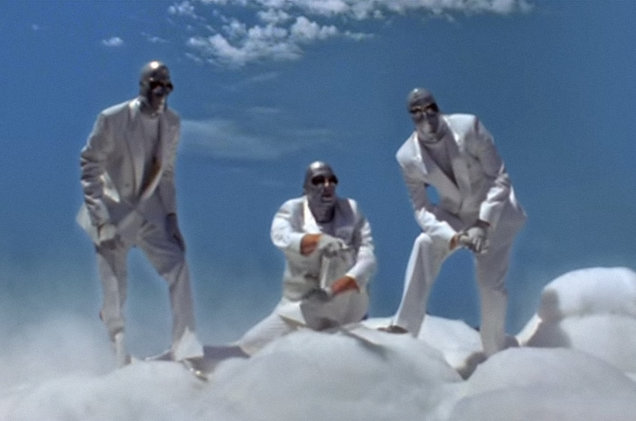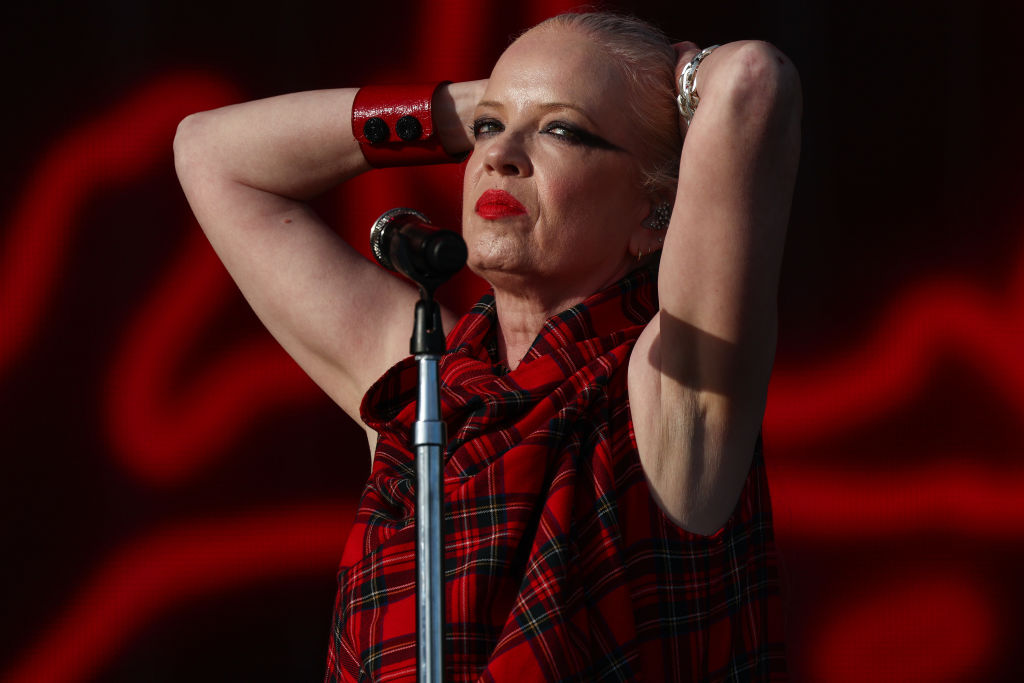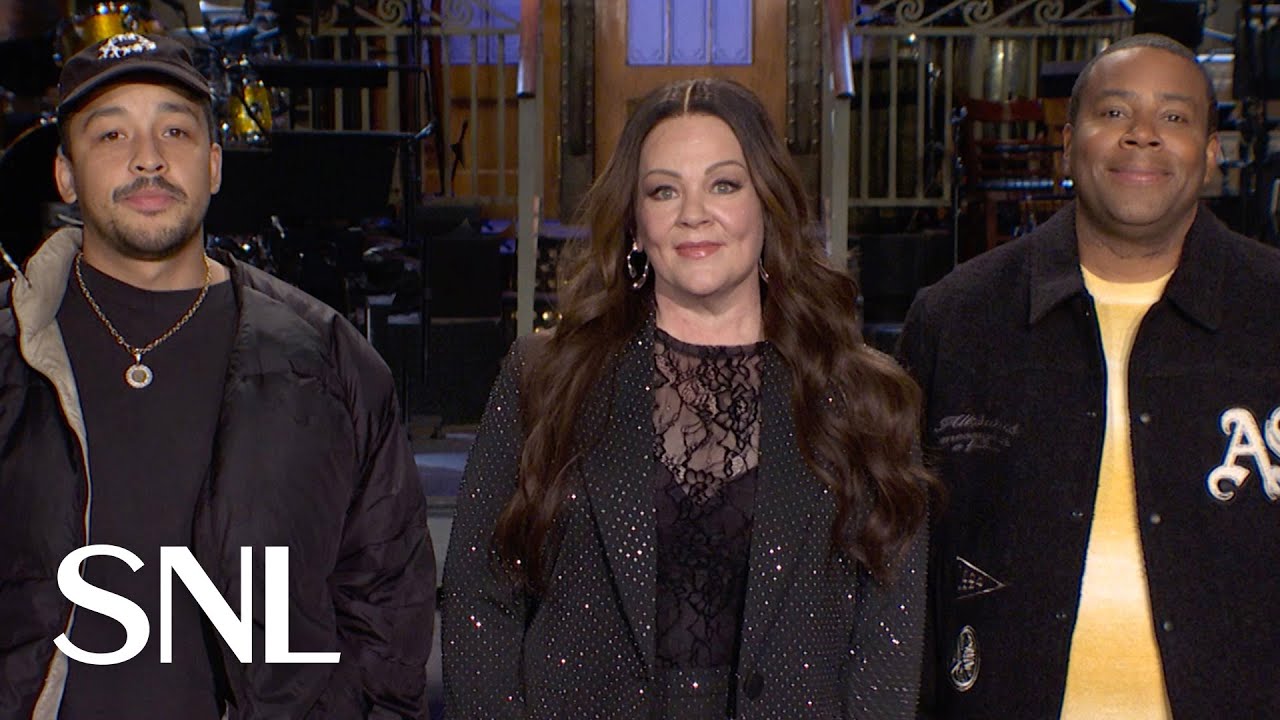Long before EDM, back when Ibiza was in the throes of its most glorious era, the anthem of the summer of 1998 belonged to a French act called Stardust. Boasting one of the most instantly recognizable riffs in modern pop, “Music Sounds Better With You” lifts a chord and a spangly guitar lick from Chaka Khan’s “Fate” and sticks it on an irresistible loop, topped with a lusty vocal that captures the giddy rush of a new romance.
"Music" is arguably the finest example of the filter-heavy, euphoric brand of house dubbed “French touch" that reached its zenith in the late ‘90s, and upon its release, the track was a worldwide smash not just in the clubs, but on the radio, too. Twenty years on, “Music Sounds Better With You” still stands up as one of the best dance songs of all time -- but it was the only track ever released by Stardust, the Parisian trio comprising producers Thomas Bangalter and Alan Braxe and vocalist Benjamin Diamond.
Late last month, the band’s members returned to the studio to work on a remastering of the track ahead of its 20th anniversary digital release, marking the first time it will be available on streaming platforms. Talking to Billboard in Paris after the remastering session, Braxe and Diamond admitted to feeling a little uneasy about Stardust’s return to the studio (Bangalter, best known as one half of Daft Punk, declined to be interviewed for this piece).
“You don’t know how it’s going to go,” says Diamond. “It’s a special work to do so I was a bit anxious.”
“I was a bit anxious too,” adds Braxe, “but a month ago I had a listen to the song and I felt like, ‘Wow, it sounds a bit old now.’ It sounds good, but compared to today it sounds a bit old, and I thought it’s a good thing to try and update it." Nothing too crazy, though: “We did some very subtle compression, it sounds a bit like on the original 12-inch.”
“Music Sounds Better With You” was borne out of a jam session at Paris’ famous Rex Club. Braxe had recently released his underground hit “Vertigo” on Bangalter’s Roulé label, and was asked to perform live. He invited Bangalter to accompany him on bass and synths and Diamond, with whom he went to boarding school, to sing. While rehearsing and trying out new material, they starting searching for samples, finally landing on Chaka Khan’s “Fate”.
“We stopped on this one, like, ‘There is something here, and it deserves to be a song’,” says Braxe. Over the course of a week, Braxe and Bangalter added melodies, and the three of them worked on the lyrics together.
“In the beginning it was much longer than it was now,” Diamond recalls. “Then we cut it back, finally, to have this very important sentence. We thought it was something like a mantra, and something everyone could understand.” The track was much fuller initially too, Braxe says: “We couldn’t find the right arrangement, until we started to cut some parts and just keep the best.”
[videoembed size="full_width" alignment="center"][/videoembed]
The final product is sublime in its simplicity -- the looped two-second sample, a glittery, stomping kick drum, lots of filtering, and some universally relatable sentiments, relayed via Diamond’s creamy croon:
“Oooh, baby
I feel right, the music sounds better with you
Love might bring us back together
I feel so good.”
The track was completed on a Monday morning, recalls Braxe, in Bangalter’s home studio in Paris (affectionately known as Daft House), and was released on Roulé in the spring of 1998. “I remember when we recorded the original masters, and we were listening to the final version of the song. We were very happy because we felt like we achieved something original and quite new in its form,” he explains.
The track was so original and new, in fact, Diamond and Braxe say it didn’t catch on immediately when it first hit the clubs of Paris. “Some people say, ‘When this track was played for the first time it was amazing, everybody was dancing’ -- in my opinion, it’s not true,” Braxe relates. “It didn’t take a long time for people to understand the structure of the track and start to dance on it, but the very first listen the reaction was, ‘What is it?’”
Within weeks, though, the demand for the track was more than Stardust could keep up with.
Gildas Loaec, co-founder of cult French indie record and clothing label Kitsuné, was helping manage Roulé at the time, as well as Daft Punk. “Originally the Stardust song was a vinyl for DJs and it was to stay in that world,” he recalls. “But we went to the Miami Winter Music Conference in 1998 and gave [the single] out by hand as a one-sided white label, and all the DJs were wanting it and calling to get a copy of it. Also a radio DJ from BBC Radio 1 wanted to play it -- Pete Tong was the first to play it on the radio thereafter, I think.”
Loaec says they sold around 250,000 units on vinyl before the track was signed to Virgin, and released on vinyl and CD. (Diamond thinks it was more like 400,000 units; Braxe isn’t sure, but says, “It was a lot for the 12-inch market -- it was big, big orders.”)
Through Virgin, the track went on to sell over two million copies worldwide. It topped the charts in Spain and Greece, and hit the top ten in nine other countries, achieving platinum sales in the United Kingdom and Australia, and silver sales in France. In the U.S., it topped the Billboard Dance Club Songs chart for two weeks, and crossed over to the Hot 100, peaking at No. 62.
[videoembed size="full_width" alignment="center"][/videoembed]
A fantastical music video was shot by the then-fledgling French director Michel Gondry (Eternal Sunshine of the Spotless Mind). In the video, the members of Stardust appear fleetingly in metallic suits, their faces anonymously painted silver, echoing the the identity-obscuring helmets that Bangalter and Guy-Manuel de Homem-Christo, as Daft Punk, would wear for most of their career. Apart from a demo version performed at Rex Club at the time of the song’s creation, Stardust performed live just once, playing a 30-minute set at Montpellier in the south of France at a now defunct techno festival called Boréalis.
Diamond remembers it as a heady time. “France won the [FIFA] World Cup in the same summer, we had Stardust on the radio, and it was a bit strange -- I was in Italy and my song was everywhere on the beach, and I was like, ‘No one knows my face…’. It was a strange thing, but a very good period.”
For Bangalter, who had his first taste of big success with Daft Punk’s debut album Homework in 1997, the extra attention that Stardust attracted was not entirely welcome, according to Loaec. “Roulé was supposed to be a hobby, a creative platform, but then you had Stardust blowing up on it too, so it was not as pleasant for him,” he says.
Reportedly, Bangalter was offered three million dollars by Virgin to make a Stardust album. At one point, they had about five or six demo tracks ready, Braxe says, but in the end, they decided not to proceed with an LP.
“Don’t forget we did this song and released it on Roulé, it was an underground label, the kind of label where you release a single and another single,” says Braxe. “By luck, the song became a hit, but that doesn’t mean there must be an album.”
For a few months in 1998 Stardust shimmered brightly, then, as quickly and unceremoniously as they formed, they faded away. Their disco-house masterpiece, however, feels immortal. A bit like the summer romance it evokes, “Music Sounds Better With You” is pure ecstasy in song form, easy to fall in love with over and over again.
Bangalter, of course, went on to achieve even greater success in the years to come with Daft Punk. Diamond has released a handful of EPs and a couple of albums as a solo artist, and Braxe is one of France’s most respected producers and remixers, having worked closely with artists such as Fred Falke, Kris Menace and Lifelike. But while those unreleased demos “might be in the archives somewhere” (as Braxe says), remastering aside, don’t count on a Stardust reunion anytime soon.
“It was something totally unexpected when the magic happened," he explains. "It happened once, and we thought, 'Let’s keep it like that.'”
This article originally appeared on Billboard.






